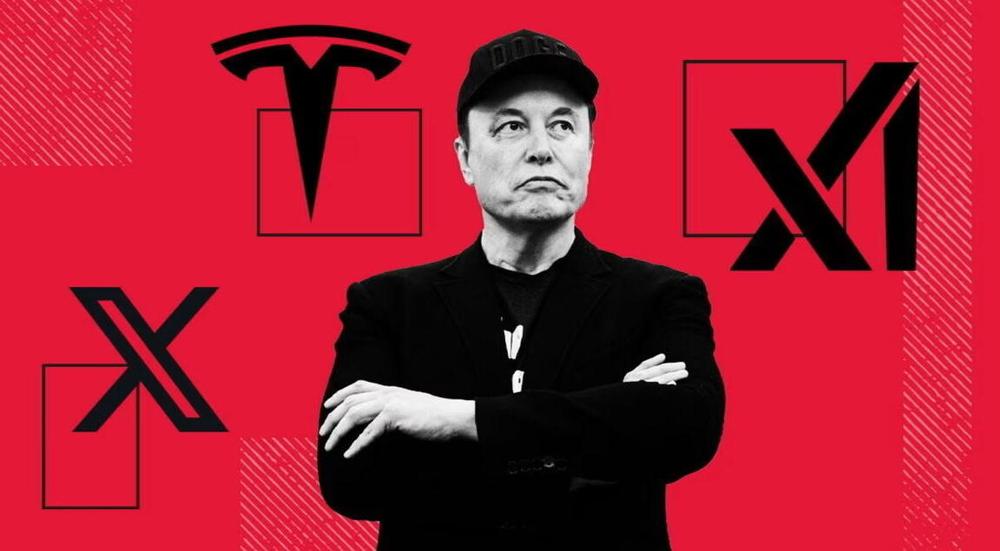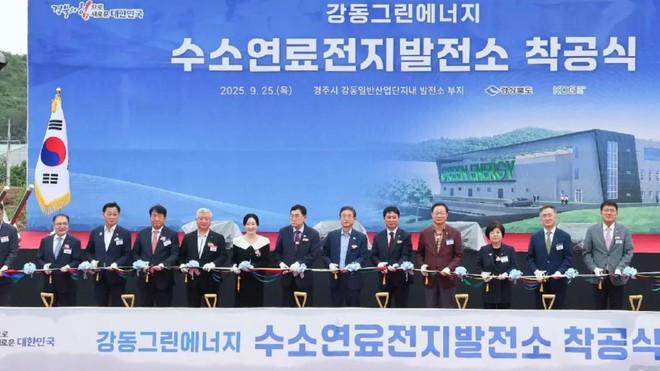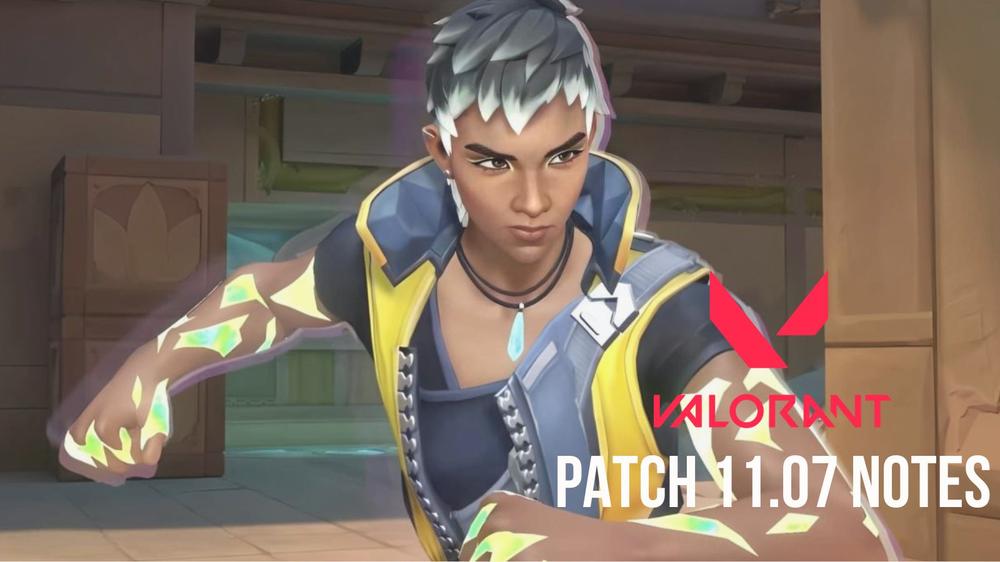Elon Musk’s business empire has been hit by a wave of senior departures over the past year, as the billionaire’s relentless demands and political activism accelerate turnover among his top ranks.
Key members of Tesla’s US sales team, battery and power-train operations, public affairs arm, and its chief information officer have all recently departed, as well as core members of the Optimus robot and AI teams on which Musk has bet the future of the company.
Churn has been even more rapid at xAI, Musk’s two-year-old artificial intelligence start-up, which he merged with his social network X in March. Its chief financial officer and general counsel recently departed after short stints, within a week of each other.
The moves are part of an exodus from the conglomerate of the world’s richest man, as he juggles five companies from SpaceX to Tesla with more than 140,000 employees. The Financial Times spoke to more than a dozen current and former employees to gain an insight into the tumult.
While many left happily after long service to found start-ups or take career breaks, there has also been an uptick in those quitting from burnout, or disillusionment with Musk’s strategic pivots, mass lay-offs and his politics, the people said.
“The one constant in Elon’s world is how quickly he burns through deputies,” said one of the billionaire’s advisers. “Even the board jokes, there’s time and then there’s ‘Tesla time.’ It’s a 24/7 campaign-style work ethos. Not everyone is cut out for that.”
Robert Keele, xAI’s general counsel, ended his 16-month tenure in early August by posting an AI-generated video of a suited lawyer screaming while shoveling molten coal. “I love my two toddlers and I don’t get to see them enough,” he commented.
Mike Liberatore lasted three months as xAI chief financial officer before defecting to Musk’s arch-rival Sam Altman at OpenAI. “102 days—7 days per week in the office; 120+ hours per week; I love working hard,” he said on LinkedIn.
Top lieutenants said Musk’s intensity has been sharpened by the launch of ChatGPT in late-2022, which shook up the established Silicon Valley order.
Employees also perceive Musk’s rivalry with Altman—with whom he co-founded OpenAI, before they fell out—to be behind the pressure being put on staff.
“Elon’s got a chip on his shoulder from ChatGPT and is spending every waking moment trying to put Sam out of business,” said one recent top departee.
Last week, xAI accused its rival of poaching engineers with the aim of “plundering and misappropriating” its code and data center secrets. OpenAI called the lawsuit “the latest chapter in Musk’s ongoing harassment.”
Other insiders pointed to unease about Musk’s support of Donald Trump and advocacy for far-right provocateurs in the US and Europe.
They said some staff dreaded difficult conversations with their families about Musk’s polarizing views on everything from the rights of transgender people to the murder of conservative activist Charlie Kirk.
Musk, Tesla, and xAI declined to comment.
Tesla has traditionally been the most stable part of Musk’s conglomerate. But many of the top team left after it culled 14,000 jobs in April 2024. Some departures were triggered as Musk moved investment away from new EV and battery projects that many employees saw as key to its mission of reducing global emissions—and prioritized robotics, AI, and self-driving robotaxis.
Musk cancelled a program to build a low-cost $25,000 EV that could be sold across emerging markets—dubbed NV-91 internally and Model 2 by fans online, according to five people familiar with the matter.
Daniel Ho, who helped oversee the project as director of vehicle programs and reported directly to Musk, left in September 2024 and joined Google’s self-driving taxi arm, Waymo.
Public policy executives Rohan Patel and Hasan Nazar and the head of the power-train and energy units Drew Baglino also stepped down after the pivot. Rebecca Tinucci, leader of the supercharger division, went to Uber after Musk fired the entire team and slowed construction on high-speed charging stations.
In late summer, David Zhang, who was in charge of the Model Y and Cybertruck rollouts, departed. Chief information officer Nagesh Saldi left in November.
Vineet Mehta, a company veteran of 18 years, described as “critical to all things battery” by a colleague, resigned in April. Milan Kovac, in charge of Optimus humanoid robotics program, departed in June.
He was followed this month by Ashish Kumar, the Optimus AI team lead, who moved to Meta. “Financial upside at Tesla was significantly larger,” wrote Kumar on X in response to criticism he left for money. “Tesla is known to compensate pretty well, way before Zuck made it cool.”
Amid a sharp fall in sales—which many blame on Musk alienating liberal customers—Omead Ashfar, a close confidant known as the billionaire’s “firefighter” and “executioner,” was dismissed as head of sales and operations in North America in June. Ashfar’s deputy Troy Jones followed shortly after, ending 15 years of service.
“Elon’s behavior is affecting morale, retention, and recruitment,” said one long-standing lieutenant. He “went from a position from where people of all stripes liked him, to only a certain section.”
Few who depart criticize Musk for fear of retribution. But Giorgio Balestrieri, who had worked for Tesla for eight years in Spain, is among a handful to go public, saying this month he quit believing that Musk had done “huge damage to Tesla’s mission and to the health of democratic institutions.”
“I love Tesla and my time there,” said another recent leaver. “But nobody that I know there isn’t thinking about politics. Who the hell wants to put up with it? I get calls at least once a week. My advice is, if your moral compass is saying you need to leave, that isn’t going to go away.”
But Tesla chair Robyn Denholm said: “There are always headlines about people leaving, but I don’t see the headlines about people joining.
“Our bench strength is outstanding... we actually develop people really well at Tesla and we are still a magnet for talent.”
At xAI, some staff have balked at Musk’s free-speech absolutism and perceived lax approach to user safety as he rushes out new AI features to compete with OpenAI and Google. Over the summer, the Grok chatbot integrated into X praised Adolf Hitler, after Musk ordered changes to make it less “woke.”
Ex-CFO Liberatore was among the executives that clashed with some of Musk’s inner circle over corporate structure and tough financial targets, people with knowledge of the matter said.
“Elon loyalists who exhibit his traits are laying off people and making decisions on safety that I think are very concerning for people internally,” one of the people added. “Mike is a business guy, a capitalist. But he’s also someone who does stuff the right way.”
The Wall Street Journal first reported some of the details of the internal disputes.
Linda Yaccarino, chief executive of X, resigned in July after the social media platform was subsumed by xAI. She had grown frustrated with Musk’s unilateral decision-making and his criticism over advertising revenue.
xAI’s co-founder and chief engineer, Igor Babuschkin, stepped down a month later to found his own AI safety research project.
Communications executives Dave Heinzinger and John Stoll, spent three and nine months at X respectively, before returning to their former employers, according to people familiar with the matter.
X also lost a rash of senior engineers and product staff who reported directly to Musk and were helping to navigate the integration with xAI.
This includes head of product engineering Haofei Wang and consumer product and payments boss Patrick Traughber. Uday Ruddarraju, who oversaw X and xAI’s infrastructure engineering, and infrastructure engineer Michael Dalton were poached by OpenAI.
Musk shows no sign of relenting. xAI’s flirtatious “Ani bot” has caused controversy over sexually explicit interactions with teenage Grok app users. But the company’s owner has installed a hologram of Ani in the lobby of xAI to greet staff.
“He’s the boss, the alpha and anyone who doesn’t treat him that way, he finds a way to delete,” one former top Tesla executive said.
“He does not have shades of grey, is highly calculated, and focused... that makes him hard to work with. But if you’re aligned with the end goal, and you can grin and bear it, it’s fine. A lot of people do.”
Additional reporting by George Hammond.
© 2025 The Financial Times Ltd. All rights reserved. Not to be redistributed, copied, or modified in any way.

 La Corea ospiterà il più grande impianto ad idrogeno al mondo
La Corea ospiterà il più grande impianto ad idrogeno al mondo